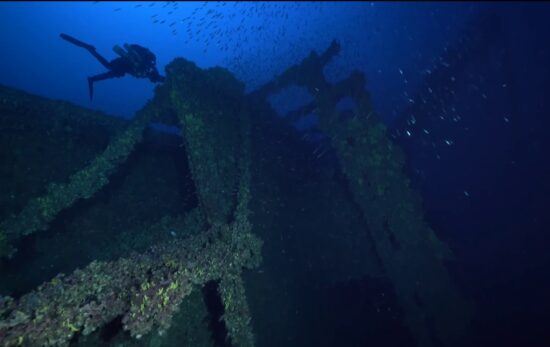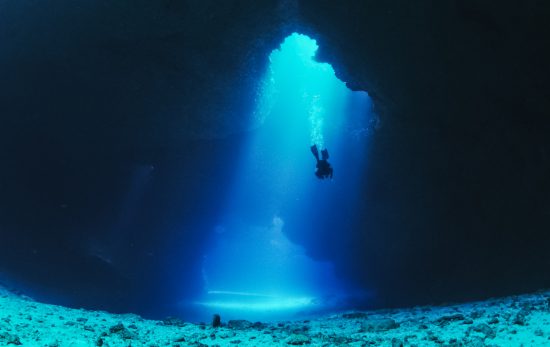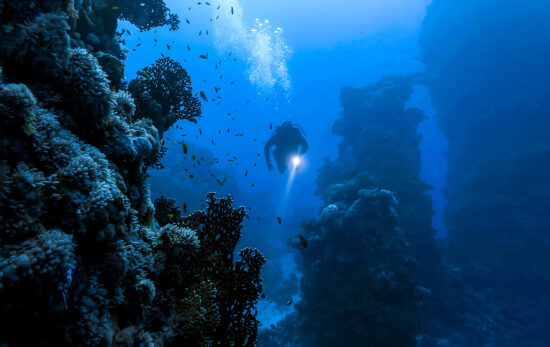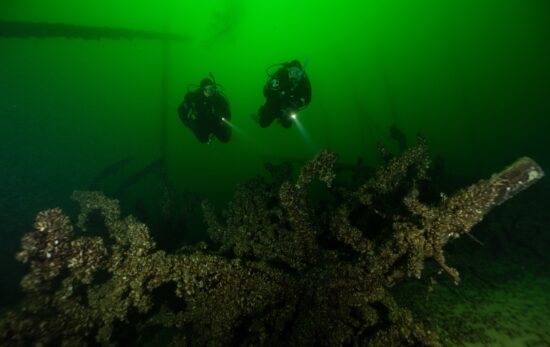Athens is the capital of Greece and is well known for its history and of course the Acropolis. But what about shipwrecks? Are there any wrecks off the coast of Athens? Are they of any interest to the Technical diving community?
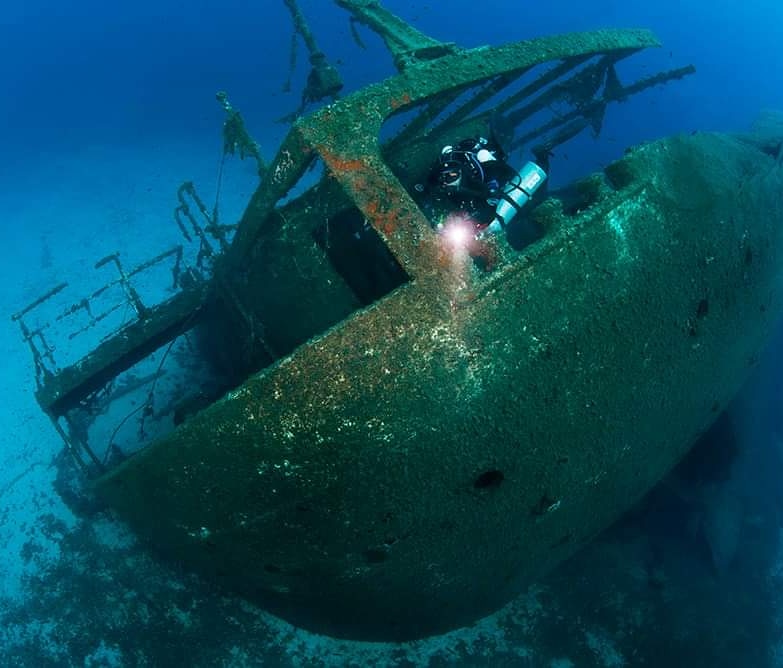
Greek History Lends Itself to Wrecks
The position of Greece is of high geopolitical significance being at the crossroads between Europe, Western Asia and Africa. Since ancient times, the core of Greece has been the Aegean Sea as it allowed the critical areas of the country to be connected for trade, communication, and defense. Hence, marine traffic in Greek waters has always been heavy, especially in areas of high commercial and military importance, like Athens.
The Saronic Gulf and its islands is part of the Aegean Sea and has played a pivotal role in the history of Greece. The metropolitan area of the Greek capital and its main port, Piraeus, lies on the northern coast of the Saronic Gulf. Ships cruise in this area in big numbers, thus rendering it a maritime accident-prone area. Furthermore, the northwest section of the Gulf has been the base of the Hellenic Navy since ancient times, and as such, it was of particular interest during war times.

Athens Wreck Diving – Technical Dive Sites
It is estimated that the seafloor of the Saronic Gulf is home to more than 300 wrecks, and if the adjacent area of the eastern coast of Attica and the busy Kea channel is included, then the number grows to more than 400 wrecks! Many of these rest at depths over recreational scuba diving levels, and therefore the area has the key elements to become the Mecca of technical deep wreck diving. This also takes into consideration that Athens is a convenient destination for many around the world.
The wrecks that have already been identified are visited by technical and rebreather divers who enjoy an unforgettable underwater experience. The marine life that grows on the metal structures is so unique that sometimes the diver feels like he is in a garden of multi-colored soft corals that form the perfect setup for the enthusiastic underwater photographer.
The HMHS Britannic
One of the most photographed wrecks is the infamous HMHS Britannic that has been visited several times in the past during organized expeditions. Nowadays, a simpler legal framework allows deep divers to visit this wreck under the guidance of local dive centers, without the extra hassle of getting the necessary permits required previously.
The S/S Burdigala
And of course, there is the ocean liner S/S Burdigala, a French ship that met its destiny on November 1916, ending up on the seabed of the Kea Channel at a maximum depth of 76m (249 feet) after striking a mine. The story of this vessel is as amazing as the events of its sinking, and of course, diving it is a unique and unforgettable experience. Even the most experienced divers will be fascinated by the sight of this 183m (600-foot) vessel thanks to its old-fashioned knife edged bow which unfolds before a diver’s eyes while they descend on the shot line.
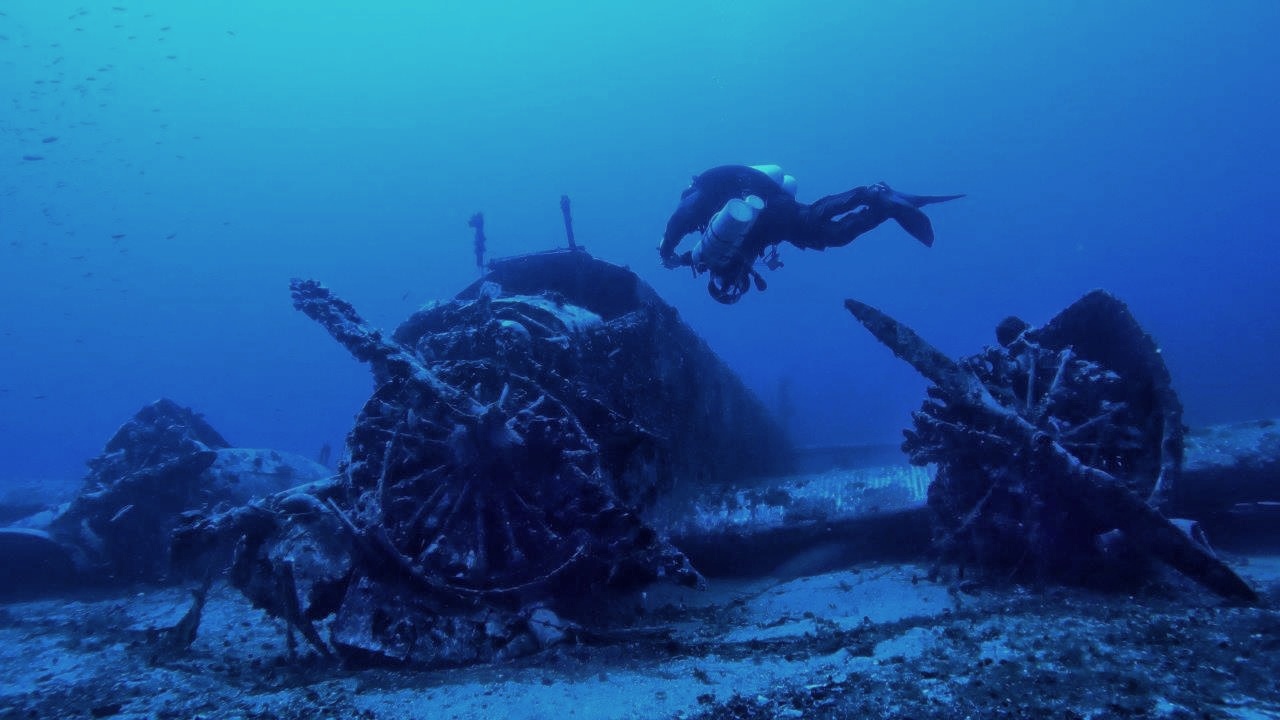
Other Technical Wreck Diving Sites
Other than this bucket list dive, there are other wrecks that will gratify even the most demanding technical divers as they are usually in one piece, dived only by a handful of divers and with an amazing story that led to their sinking. The diver can connect with the past when he sees a wreck sitting quietly on the seabed at 73m (240 feet) and observes the result of the vessel being rammed by a passenger vessel that was “racing” with another on their way to the port of Piraeus, thus leaving little space to maneuver for the sunk ship. This marine accident took place in June 1927.
Less than a mile away from this site and at 90m (295 feet) lies an Italian cargo vessel which was attacked by a British submarine during WW2. If you haven’t dived it, you can only imagine the condition of the hull after being hit by a torpedo, but it is the deep diver who visits it and can clearly see the damage to its 130m (427-foot) structure near the stern. Being right next to the section where the ship was hit, the diver might feel like they are witnessing the torpedoing taking place.
A few miles away from this location in the Saronic Gulf lies a medium size, three-engine Italian bombing airplane with its machine guns in place. This was a very important finding, as this aircraft was part of the Italian forces that did not sign the Italian convention and continued fighting alongside the German forces against the Allies.
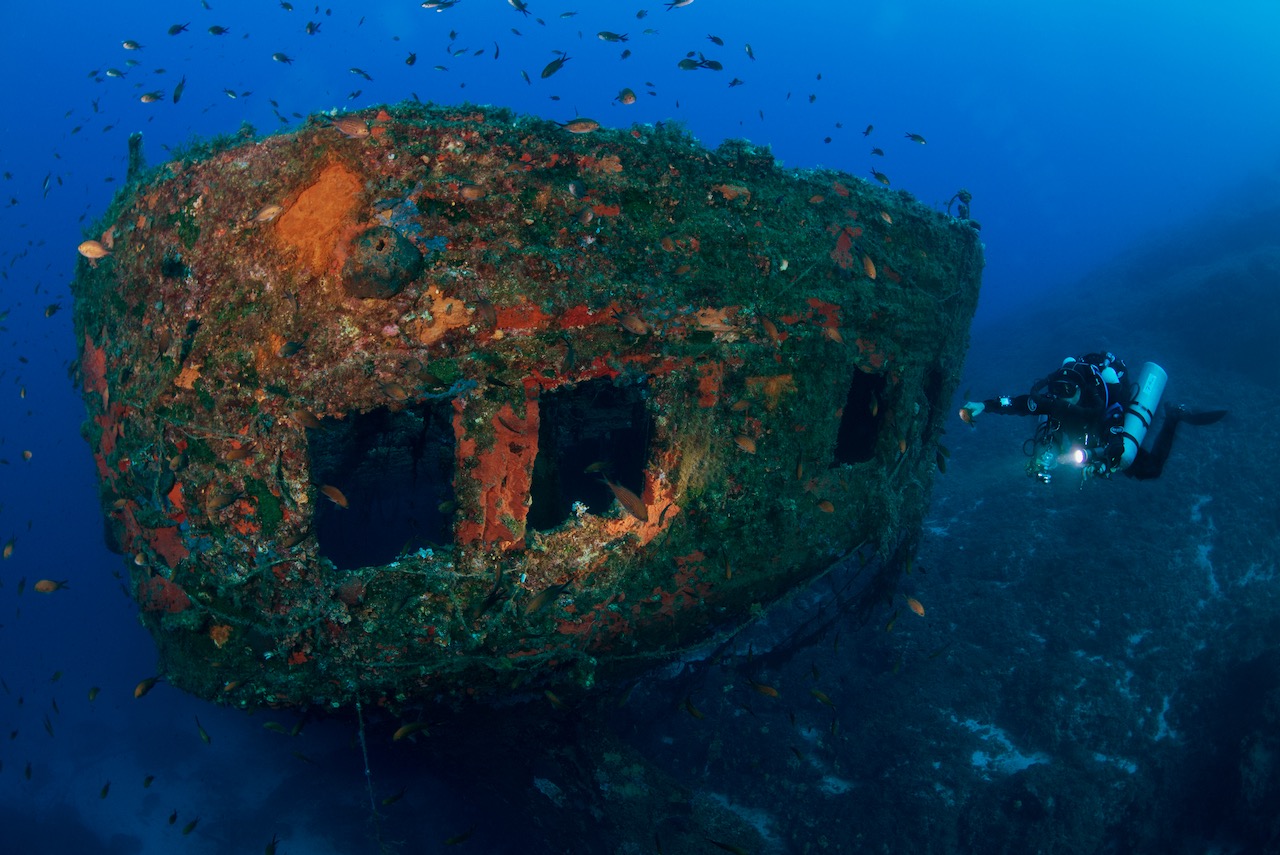
One could write a series of articles about the history of the wrecks that lie on the sea floor of the Aegean Sea surrounding the Athenian coast. Become a PADI TecRec Diver and join the wreck quest in the area of Athens. It is an area that very few have visited, meaning very few have seen the beauty of these wrecks and connected with their history. It is the time to change this and make this magical and mysterious area known to the deep technical diving community. Therefore, the answer is easy: Athens should not be visited just because of the Acropolis.

This blog was written by guest blogger Marinos Giourgas, the founder of Aegeantec, a team of divers offering Technical, Trimix and CCR diver training and supporting diving expeditions and trips to deep wreck diving destinations in various parts of the world.
